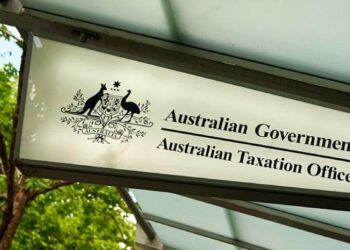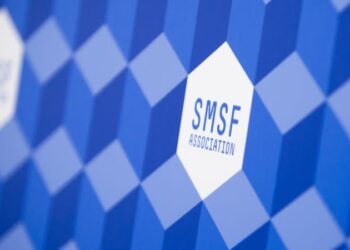The government has announced it will relax residency requirements for self-managed superannuation funds (SMSFs) and small APRA-regulated funds (SAFs) by extending the central control and management test safe harbour from two to five years for SMSFs.
The government will also remove the active member test for both fund types.
The measure will have effect from the start of the first financial year after royal assent of the enabling legislation, which the government expects to have occurred prior to 1 July 2022.
“This measure will allow SMSF and SAF members to continue to contribute to their superannuation fund while temporarily overseas, ensuring parity with members of large APRA-regulated funds,” the government said.
“This will provide SMSF and SAF members the flexibility to keep and continue to contribute to their preferred fund while undertaking overseas work and education opportunities.”
This comes as the industry had flagged increasing challenges around retaining the Australian residency of their SMSF for Australians relocating overseas.
The central management and control test relates to the strategic and high-level decision-making processes and activities that are undertaken by the trustee. This includes formulating and reviewing the fund’s investment strategy and monitoring investments.
Heffron had stated the rules make it hard, if not impossible, for them to keep making contributions while they are not Australian tax residents, and the central management and control test often forces them to put someone else (who cannot be paid) in charge of their key retirement asset until they return. Often the only practical solution is to wind up their SMSF.
In its budget submission, the SMSF Association had also pushed for the change, noting that the temporary relief issued by the Tax Office to SMSF trustees stranded overseas due to COVID-19 provided a successful test and introducing a “more practical application of SMSF residency rules that has not resulted in negative outcomes”.
SMSFs also had to face the active member test, where the fund must either have no active members or have active members that are Australian tax residents and who hold at least 50 per cent of either the total market value of the fund’s assets attributable to super interests, or the sum of the amounts that would be payable to active members if they decided to exit the fund.
SuperConcepts technical executive manager Graeme Colley had stated that the active member test is the “sting in the tail” of the definition of Australian superannuation fund, as it applies where a member who is a non-resident for tax purposes may contribute or roll over to the fund, requiring increased considerations when planning for a residency change.


